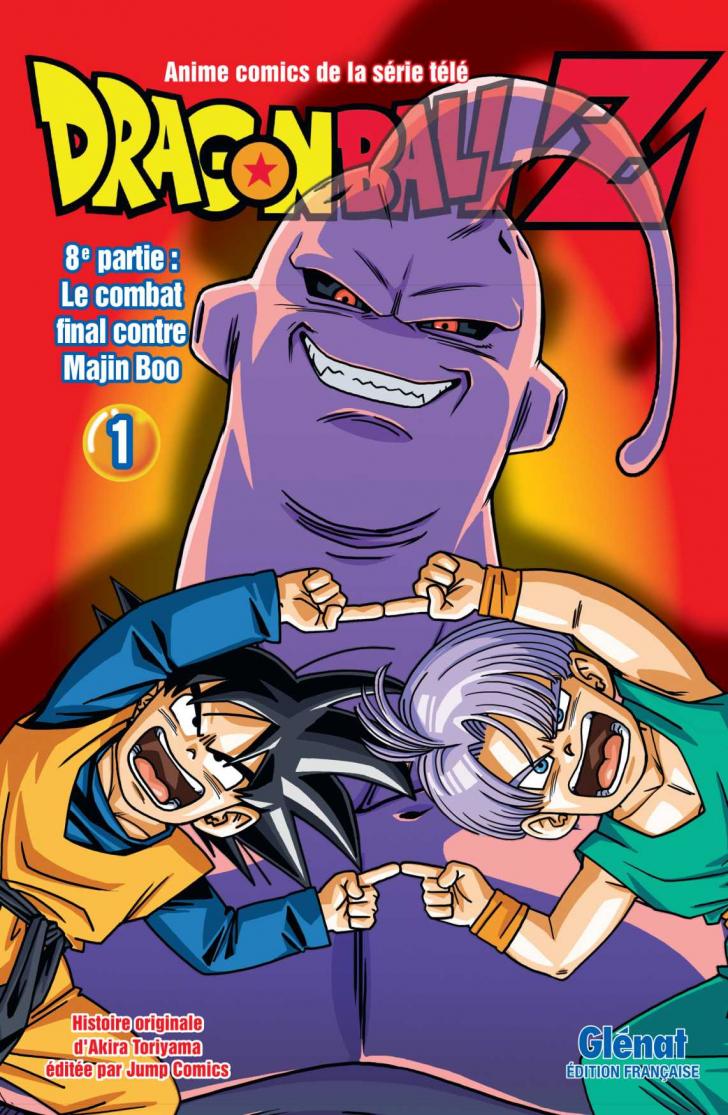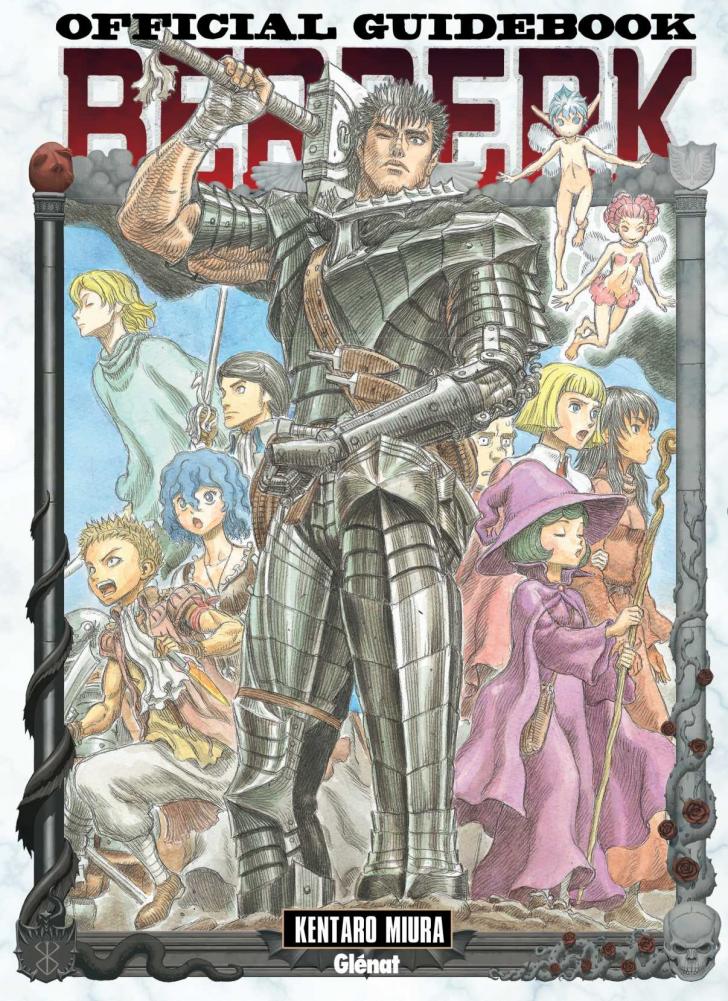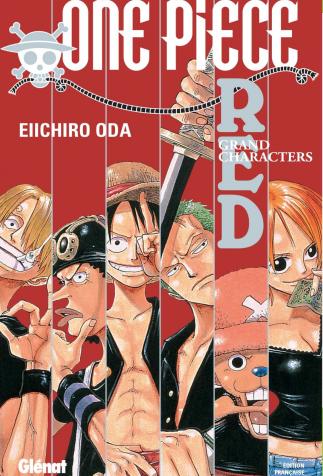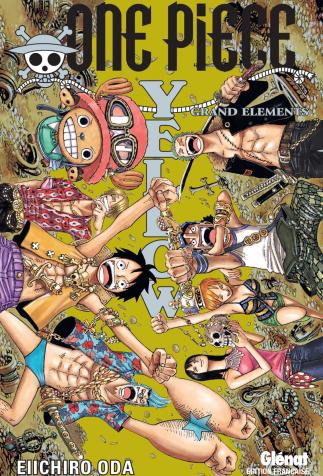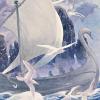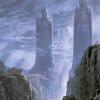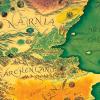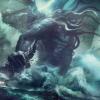The Many Faces of Manga
Manga comprises a multitude of formats and styles. Including books, series, and films based on Japanese legends or a fantasized version of the Middle Ages, the world of manga is also highly diversified depending on its target audience: teens, girls or boys.
Japanese and Chinese Legends
The generic term manga, which has now gone global, actually refers to range of different, but often interconnected, media. These can include TV series and animated cartoons (anime), as well as comics (manga and gekiga). That vast cultural mass, which has developed essentially since the end of World War II, includes several major branches of fantasy. The first has been heavily influenced by both Japanese and Chinese legends. Osamu Tezuka’s musical anime film Alakazam the Great (1960) for instance, was drawn directly from the sixteenth-century novel The Journey to the West, which is considered one of the Four Great Classical Novels in Chinese literature. The same text also inspired one of the most successful franchises in manga history, Dragon Ball. Launched in 1984, it is currently the second-most-popular manga in the world, with nearly 300 million copies sold. Since the 1980s, the influence of native fantasy has spilled well beyond Japan’s borders, and is now read and sometimes imitated in the west.
A Fantasized Medieval Europe
Another branch of manga is based on western fantasy, which, since the 1980s, has become extremely popular in the Land of the Rising Sun, particularly thanks to role-playing and video games. Japanese authors began to create work set in a fantasized medieval Europe. One popular example would be Record of Lodoss War, which was directly inspired by Dungeons & Dragons. Initially published as a novel (1988), it was then made into a video game before being published as a manga. In a similar way, but with a darker and more violent tone, the series Berserk came out in 1989.
“Magical Girls” for Female Readers
The manga industry stands out for its strongly gendered market positioning. While the works mentioned above were destined essentially for a young male readership (shonen manga), publishers also came out with fantasy meant for young females (shojo manga). This led to the publication of The Secrets of Akko-chan in 1962, and then, four years later, of Sally the Witch. That series, which was soon made into an anime for television, became the model of the “magical girl” sub-genre. It features girls in a contemporary, urban context, who, when they realize they have magical powers, use them to do good. Numerous imitations of Sally soon sprang up, both on paper and on screen, most notably the Sailor Moon franchise (since 1991), which soon turned into one of the most popular shojo manga ever.
When Shojo and Shonen Meet
The borders between shonen and shojo fantasy are not airtight. Japanese supernatural stories stand out for their ability to intertwine diverse worlds and influences. Published since 1986, Saint Seiya drew on classical western mythology at first, then Norse, as well as urban fantasy, too. Eiichirō Oda, the mangaka artist and author of One Piece, gleans from eighteenth-century pirate stories, then adds magical elements (imaginary worlds, fantastical creatures, magic and more), to make the most popular manga franchise in the world, which he has been doing since 1997. In a different register, a series like The Vision of Escaflowne, begun in 1994, borrows from both shojo and shonen conventions, as well as a giant-robot (mecha) aesthetic borrowed from science fiction.
